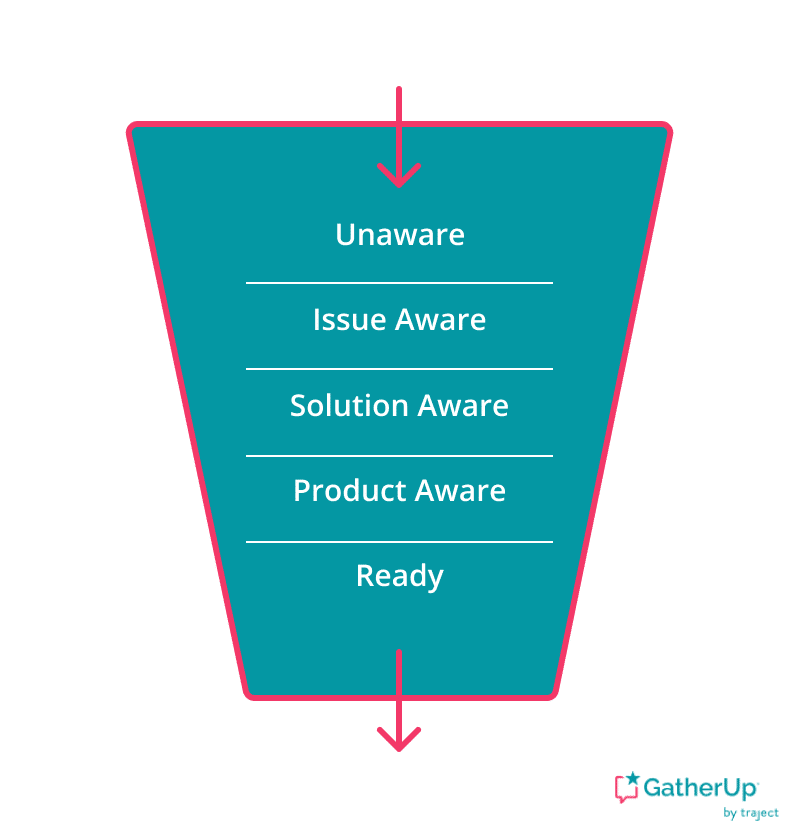Bob has a problem. His garage door is acting up.
He’s afraid that he’s not going to be able to open the door again. So what is somebody like Bob going to do? He’s going to do what most people do and that is head to google.com and search for garage door repair.
In this case, Bob is completely unaware of you. He knows what his problem is but he doesn’t know who is going to help him solve it.
Eventually, Bob settles on a couple of options, he sees a few local companies and their Google My Business profiles. After weeding through the ones that are probably a spam fake business, Bob is looking at each one of the profiles and trying to decide if he should reach out or not.
There is a lot at stake at this point he could end up picking somebody who wants to rip him off or just not be able to finish the job. Bob has to get to work tomorrow!
At this point, your Google My Business profile is your business card more than that if it’s what it’s going to help make a decision as to whether he should or should not do business with you.
How You Think About Google My Business is Reflective of the Local Buyer’s Journey
A lot of people talk about Google My Business management and optimization. They make suggestions on what is going to help you rank the best.
I think what a lot of people don’t realize is the power to communicate with your prospect during the local buyer’s journey and optimize for this.
Another thing a lot of people don’t think about is the fact that there is a tremendous amount of business intelligence that can be discovered by looking at user-generated content (UGC) that is left on your Google My Business profile.
What do we mean about user-generated content left on your Google My Business profile?
What I’m talking about is the context and content left in reviews of my customers who have had an experience with you. I am talking about the questions and the answers left on Google My Business.
You could even take this a step further and take a look at the types of images that people are uploading to your profile. All of these things can help you improve your business, get more out of Google My Business, and at the end of the day help a user on the guided Journey of doing business with you.
One more thing of note, I get asked all the time, what aspects of Google My Business are going to help me rank?
And I usually have to step back and say, “Look there are a few things that you can do to Google My Business to help you rank, but you really should focus on the user experience.“
Here is the ranking shortlist:
1. A good GMB business name
2. The right categories
3. Linking to a good page on your website
4. Getting solid reviews
Note how there is nothing about a keyword-stuffed description, or services, products, exif data or geotagged images, etc. These are all items you would optimize for the local buyer’s journey. What do your future customers need to see to make an informed decision?
We will get into this now!
Let’s take a brief look at the Buyer’s Journey and have Google my business can move a user through this :

The Steps of the Local Buyer’s Journey and Google My Business
Step 1. Unaware of You – Your prospect does a Google search. They do not know you or your service. They have no knowledge about you or your competitors’ services. Not only that, they do not know what makes you different.
Step 2. Issue Aware – Your prospect senses that they have an issue but doesn’t know there is a solution. They will not buy from you at this time. The more Google My Business visibility, the more your prospects will move through the next few critical stages.
Step 3. Solution Aware – Your prospect knows the solution they want, but not that your product or service provides it. How you have optimized your profile at this point is important. Do you have product posts and have you filled out your services? Optimize everything to answer questions a user may have at this point.
Step 4. Product Aware – Your prospect knows what you sell, but isn’t sure it’s right for him/her. This is a key time. They know what you offer, but do not have the faith to reach out. Here is where reviews and Google Q&A come into play.
A majority of users will read reviews left within the last two weeks. They will also read your replies and judge you on the content of both. If you are not paying attention to these reviews, learning from them, and also replying to them then you are leaving a lot on the table. Think about your own behavior, when was the last time you made a purchase? Did the reviews help you decide (I see you shaking your head yes)?
Step 5. Aware and Ready– Your prospect knows your solutions and only needs to know the cost. They are ready to buy. Google My Business optimization (with follow-up via calls, email, or messaging) will position you when they are ready to buy.
Yep, Reviews are VERY Important.
Out of all the features on Google My Business, reviews are the most valuable part when it comes to learning about your business, whether that learning is for you as a business owner or marketer, or if it is for a consumer learning about your business when they are aware and ready to buy.

Gather, manage, and respond to Google reviews
Beyond ensuring that your GMB profile is up to date and optimized, online reviews are one of the most important features for businesses to pay attention to within Google My Business.
If you’ve got a Google My Business listing, customers will be able to review you there, and the review will be publicly visible for all to see, so it’s important to take control of the narrative and actively generate, monitor, and respond to reviews.
Google My Business Reviews
According to BrightLocal’s Local Consumer Review Survey, 87% of consumers read online reviews for local businesses. Furthermore, only 48% of consumers would use a business with a rating of fewer than 4 stars. So this aspect of GMB really needs to be paid attention to.
The star rating is not the be-all and end-all. What matters to a consumer?
- How old are your most recent reviews?
- Are your reviews left by real profiles?
- How many reviews do you have is an indicator of trust.
- Are your reviews written out? Recommendations are nice, but thoughtful reviews are great.
- Did reviewers leave details about the experience?
- Is the overall sentiment a positive one, and if not did you reply in an empathetic manner?
Thinking about how you can optimize each of those areas might seem like an impossible task, but there are some simple things you can take to make sure your review quality and quantity is up to snuff.
Recency and quantity
To meet consumer expectations on recency you are going to need to consistently ask for them — you can’t just expect a customer to leave you a review. Most will not leave a review unless they had a truly amazing or horrid experience.
Asking for Google reviews can be done in a few ways, depending on what is best for your audience:
- At the point of sale or when service is complete.
- By email, when a sale or service is completed. (I prefer this right after a successful reinstatement)
- By SMS, a follow-up text is welcome.
Regularly requesting reviews means you’ll be able to show recent reviews on your profiles, proving to consumers that you are in and active.
In order to keep on top of this process, some businesses will enlist the help of reputation management tools like GatherUp.
Is the overall sentiment a positive one, and if not did you reply in an empathetic manner?
Searchers are looking for businesses that have good reviews and positive sentiment in the review text. How can you ensure you’ve got a good review rating? Provide great customer service!
And, before you begin asking for reviews, make sure you’re happy with your product or service, your team’s customer care, and any other important aspects of your business that might affect the customer experience. If you are not, improve your business. Use the feedback you got for free to help enhance your business.
Don’t reply like this guy!
Lastly, be prepared for negative reviews. Some reviews will be negative, it is expected by consumers, as a matter of fact, a consumer will trust you more if you have a few negative reviews. What really matters here is how you respond to them. Do not get angry or argumentative, just respond in a calm manner and try to address the situation.
That’s a fun review, it was also left by the owner!
Length, Legitimacy, and Detail
Unfortunately, fake reviews are pretty common, and so consumers’ trust in online reviews has fallen by the wayside. This is normal and in our nature to be distrustful.
The first step to ensure your reviews look legitimate is to make sure they are. That means never, under any circumstances, buying reviews, incentivizing reviews or making sure only 5 start reviews are left. Reviews should be given by real customers not your friends, family or Fiverr.
How can you ensure your reviews look legitimate? Prompt your reviewers with questions when asking them for a review.
Here are some ideas of what you could ask:
- How did we delight you on your appointment/store visit/product/service today?
- How did you find us?
- Who provided amazing customer service to you?
- Which of our stores did you visit today? (if your business has multiple locations)
- When writing your review, please think of others and how it will benefit them?
- How was your service with us? How did it make you feel?
The more real information your reviews have, the more likely they are to look legitimate and show potential customers that you can be trusted.
Not only will questions like these help you receive more legit-looking reviews, but they’ll also encourage consumers to write more detailed reviews.
Lastly, it does not matter if you are a franchise or single listing operator. You are helping the consumer make an important decision.
Think about Bob next time you look at your Google My Business listing. Bob needs you! Bob is on a local buyer’s journey to find a solution. Bob needs to see the great reviews you have and only you can save Bob from a competitor.
